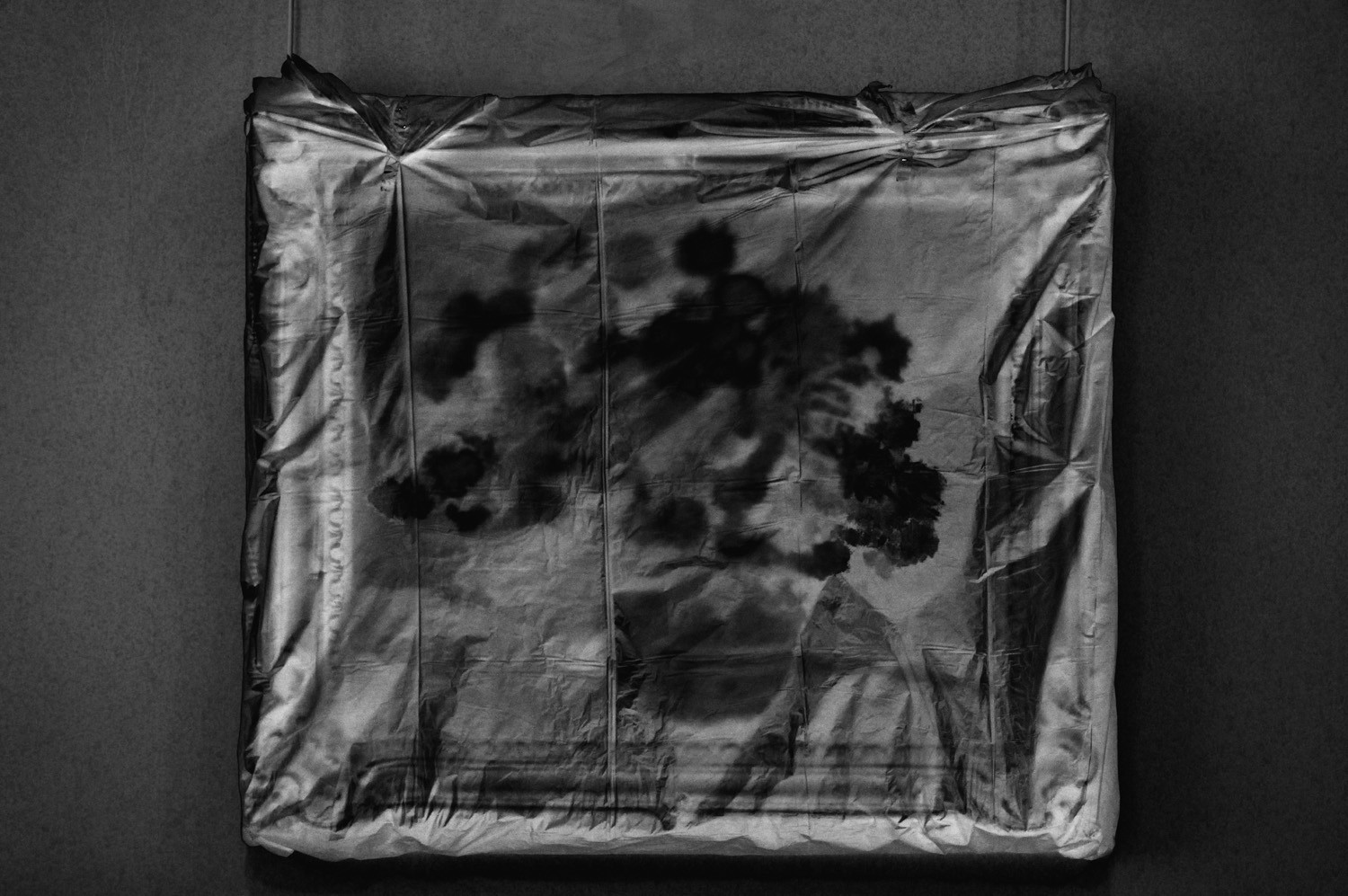Cluj entered the global art market in the last decade and it is considered one of the most promising centres for contemporary art creation.
The largest city in Transylvania, Romania, Cluj has around 400.000 inhabitants and 100.000 students, making it one of the most attractive university centres in Eastern Europe. This year the city is the current
European Youth Capital. Many foreign students, investors and people involved in civic society are breathing new life into the city’s long tradition of multiculturalism, forging a unique civic identity. The density of academic and cultural institutions, international festivals and the city’s active civic sphere, together with a vibrant coffeehouse culture provide a rich medium for creativity to express itself.
Galeria Quadro is promoting a wide range of modern and contemporary art, at times with a mainly aesthetic approach and elsewhere drawing on more conceptually driven art, interested in utopias. In this era of globalisation and “visual contamination” which is challenging human identity on so many levels we think the meaning of art should be not only to mirror reality but to preserve and create values.
The artists whose work is on display at
ART15 London’s Global Art Fair come from different generations, work in different media and have different approaches to art. This selection aims to underline the bold creativity of the city rather than to associate it narrowly with one particular issue or phenomenon.
Laurențiu Ruță-Fulger (1955) belongs to the generation of artists, which from around 1975 started to work intensively with experimental techniques, focusing on the process of art and striving to connect art and science with life.
István Feleki (1954) is from the same generation and has a more aesthetic attitude towards photography. He playfully searches for correspondences between forms and meanings.
Diana Oțet (1987) exploits the different uses of drawing from diary-like annotation to a more analytical, technical approach and finally to synthesis.
Radu Băieș (1988) and
Tamás Todor (1989) are part of the great resurgence in painting which is an important feature of the Cluj art scene. They both take a figurative approach and use a rich expressive language. Another similarity between them is that they take inspiration from their immediate context, whether that be their backyard or their attic.
Preview of the works available HERE.
